Beijing is No.1 travel destination in China which is full of things to do. Though not the most beautiful place in China, Beijing is certainly one of the most attractive destinations for photographers. Without the many pleasant colors of natural landscape in Guilin and Jiuzhaigou, Beijing attracts photographers to appreciate its grandiose imperial palaces, old peaceful Hutongs as well as the incredible Great Wall of China. Wherever you reach, you find a place to take a unique photo to record the beauty and connotation of this historical city.
Our Beijing photography tour takes you to find the most beautiful and unique views of each impressive sites in Beijing in in-depth way.
Travel Route: Beijing / Great Wall
Travel Length: 6 Days
Tour Code: CD-BPT-05
Tour Type: Customizable Private Tour
Departure: You Choose (you may plan it according to the best season and time.)
Ni Hao, welcome to Beijing, the iconic city as well as the capital of China!
You will be met by your local tour guide at the arrival hall of Beijing Capital Airport, or railway station, then be escorted to check in your hotel in downtown by a private comfortable vehicle. The rest of today is on your own to relax. If you want to explore nearby, feel free to get some practical suggestions from your tour guide.
Arrival Ideas: At present, there are many international and domestic flights to Beijing. Besides, you can take a high speed train to this capital city from Shanghai (5-6 hrs), Xian (5.5 hrs), Guangzhou (8-9.5 hrs), etc.
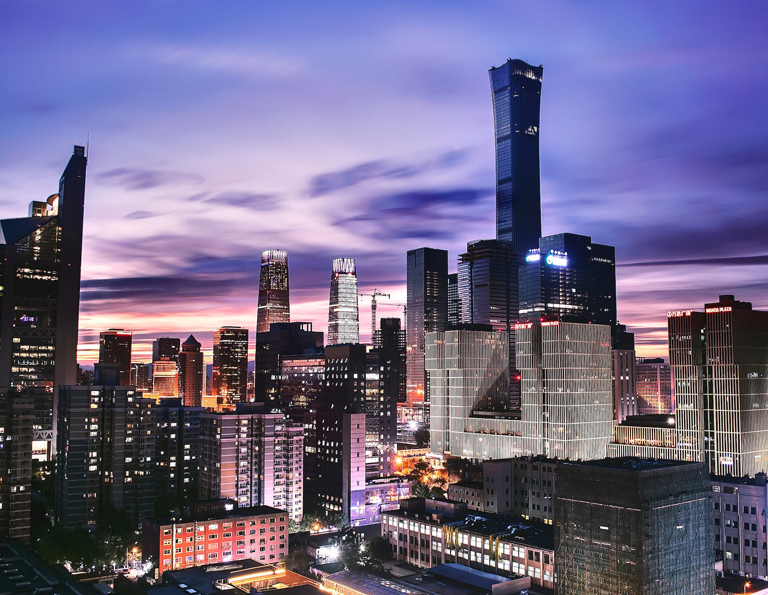
After breakfast, start to explore the historical face of Beijing with a brief visit to Tiananmen Square which is now the largest city plaza in the world. Tiananmen Gate on the northern square was the site where the Chairman Mao announced the establishment of the People's Republic of China. Stepping into the Tiananmen, you will see one of the world’s 5 most important palaces – Forbidden City, a huge palace complex of more than 9,000 rooms where 24 emperors of Ming and Qing Dynasties used to live in. Pass through various doorways to admire the magnificent and well preserved buildings decorated with yellow glazed tile roof, white marble base and splendid colorful paintings.
In the afternoon, you'll marvel at the Temple of Heaven which is a great place to shoot another unique architecture style - fashioning order and symmetry. You can first take the panoramic view from a high point, then go to get some close shots of temples. The most famous one is Qinian Temple – a giant temple poking into sky with ornate stage. After Temple of Heaven exploration, go to visit Jingshan Park, the best location to get a nice shot of one watchtower of Forbidden City and take a panoramic view of Forbidden City under the golden sunset.
After the shooting the stunning sunset, get back to your hotel.
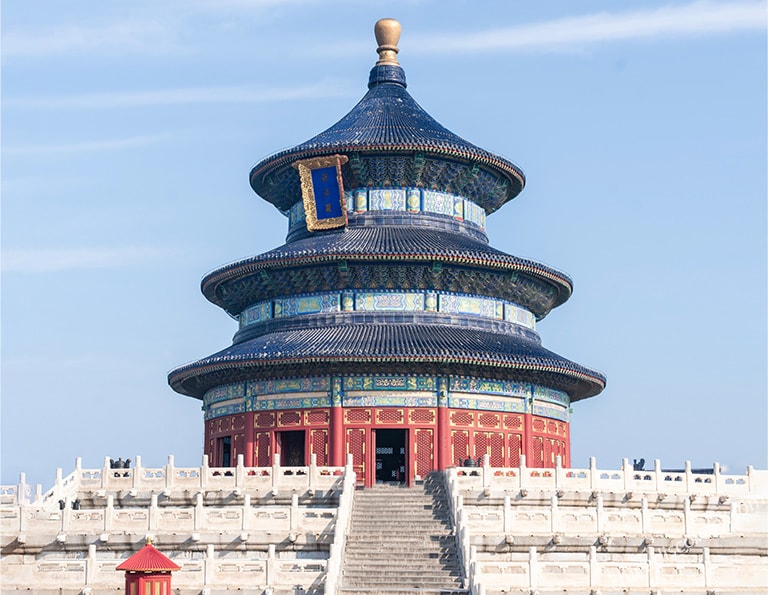
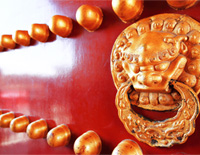
After breakfast, your tour guide and driver will take you to Jinshanling Great Wall which is about 130km away from Beijing city. After check in your hotel, start to your photography on the Jinshanling Great Wall.
Jinshanling Great Wall is located on the west of Simatai Great Wall. It is the best section for you to observe the diverse architectural style of Great Wall here. Towers were built by different styles for different use. Impeccable unites for battles were also built on the great wall, including walls for block enemies and horses, crenels for shooting, etc. The spectacular mixed view of cloud, mist and sunset glow is a famous feature of Jinshanling Great Wall.
After shooting the beautiful sunset on the great wall, get back to your hotel.
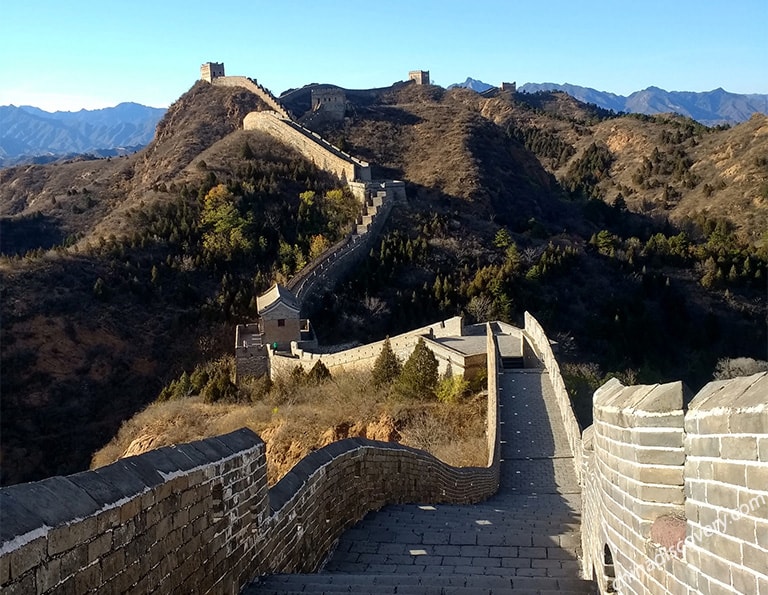
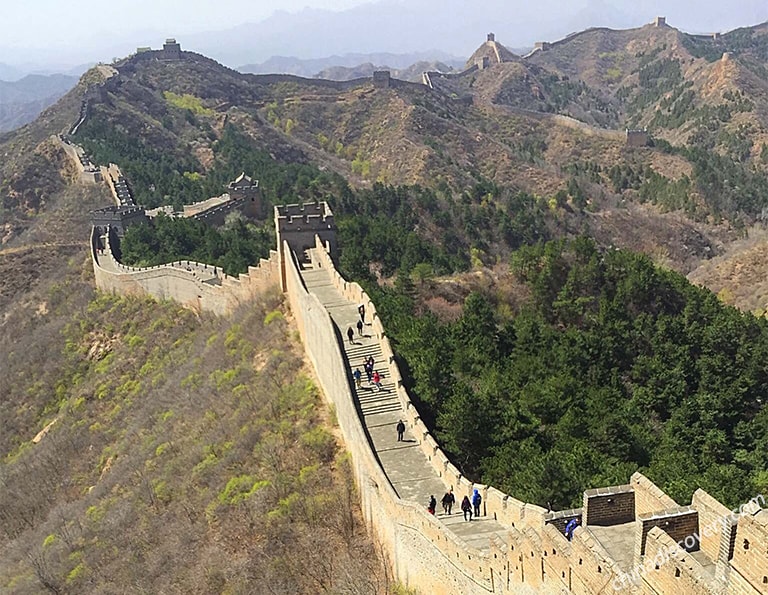
Get up early, and drive to the foot of Simatai Great Wall.
As the landmarks of Simatai Great Wall, Wangjing Tower and Xiannv Tower are very famous among photographers for the far-reaching views you can have from the high point. On the Wangjing Tower(986m), you definitely will be busy with pressing the shutter to shoot the breathtaking picture as many as possible. If lucky, you may see the god-given cloud sea. Just imagine the picture that the dominating great walls crawl like a dragon in the cloud sea.
Leave Simatai Great Wall, then drive back to Beijing.
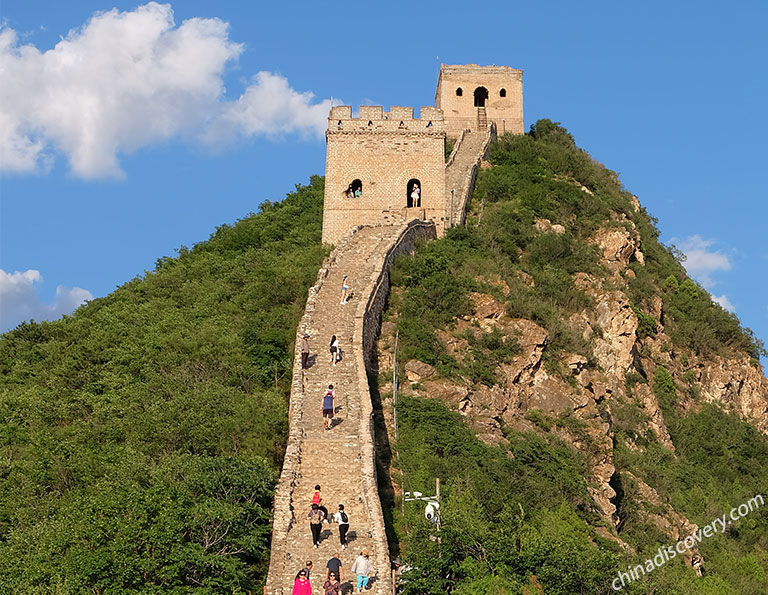
After breakfast, go to explore the unique feature of Beijing - Hutongs. You will visit and shoot two most recommended Hutongs in Beijing - South Gong & Drum Alley and West Four Hutongs. Walking leisurely on the streets of Hutong, meet the unexpected beautiful scene, visit local family in Hutong... there are too many things to do.
South Gong & Drum Alley (Nan Luo Gu Xiang) – this Hutong is the best preserved Yuan Dynasty Hutong which keeps an entire checkerboard-style traditional residential arrangement. Known for its fabulous Hutong architecture, many teleplays once framed here. There are some boutique bars gathering here, which allows you to take some photos with leisure taste of life.
West Four Hutongs (Xi Si Hutong) – best for those who are seeking wild and well-preserved Hutong and quadrangle courtyards. Though close to the prosperous Xidang Commercial District and Financial District, Xisi Hutongs consist of 8 parallel alleys which keep original wild features.
If time allows, you will continue your visiting to the majestic Lama Temple. It is the largest and best-preserved lamasery in Beijing. After dinner. go to shoot the night views of National Center for the Performing Arts (National Grand Theatre). The fashionable and modern building looks fantastic with different lights on.
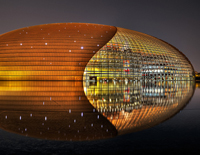
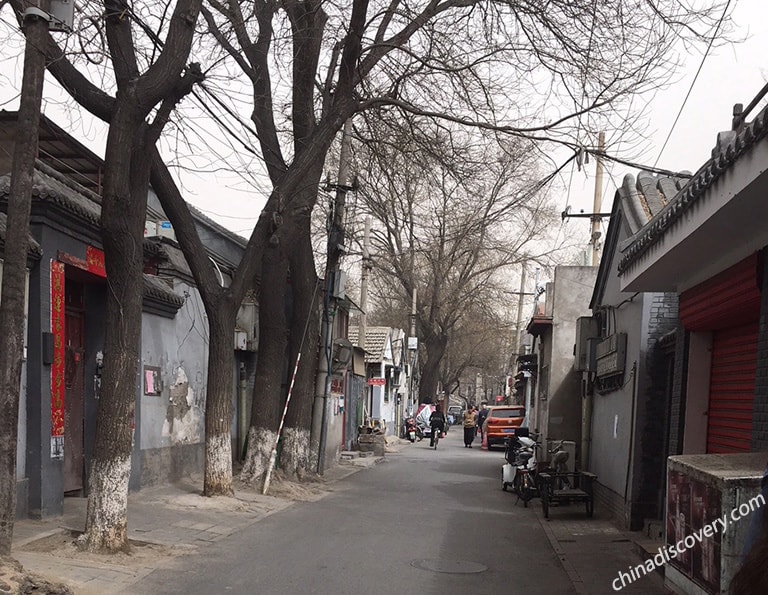
Today, get up very early to shoot the fabulous sunrise in the Summer Palace,
the largest and best-preserved imperial garden in China. It
is a great experience to take a stroll in the private garden of ancient
emperors, to record some unique scenery which used to be only enjoyed by royal
families. There are temples, gardens, pavilions, bridges and corridors,
together with a huge lake and small hill forming an enchanting traditional
Chinese painting.
Then you will be escorted to the airport for your flight to next destination.
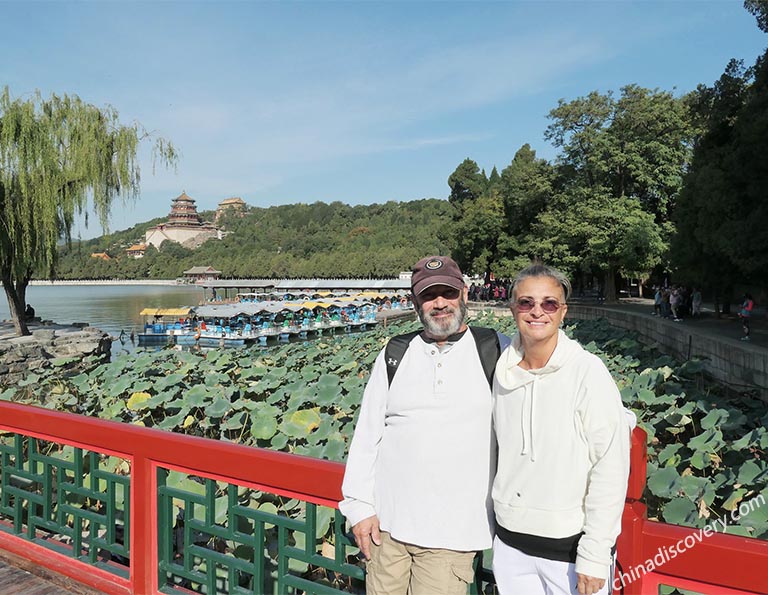
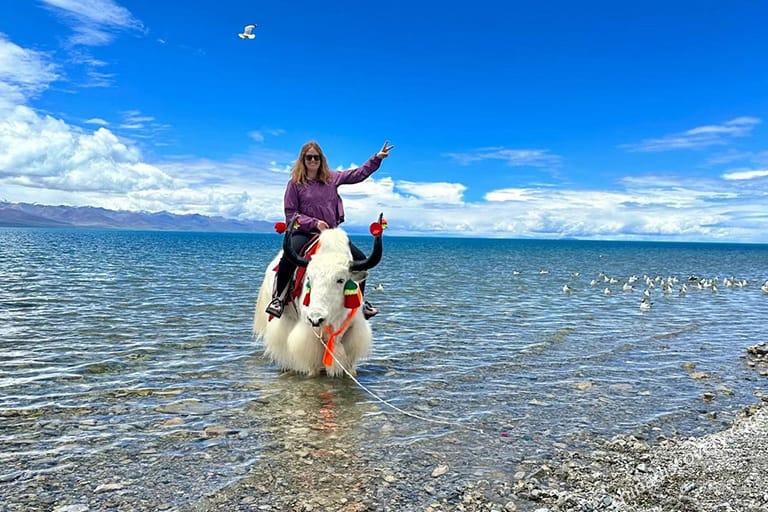
Lhasa / Namtso Lake / Lhasa
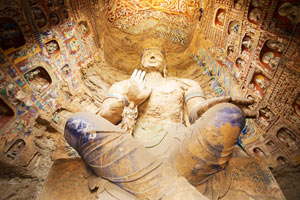
Datong / Pingyao / Taiyuan